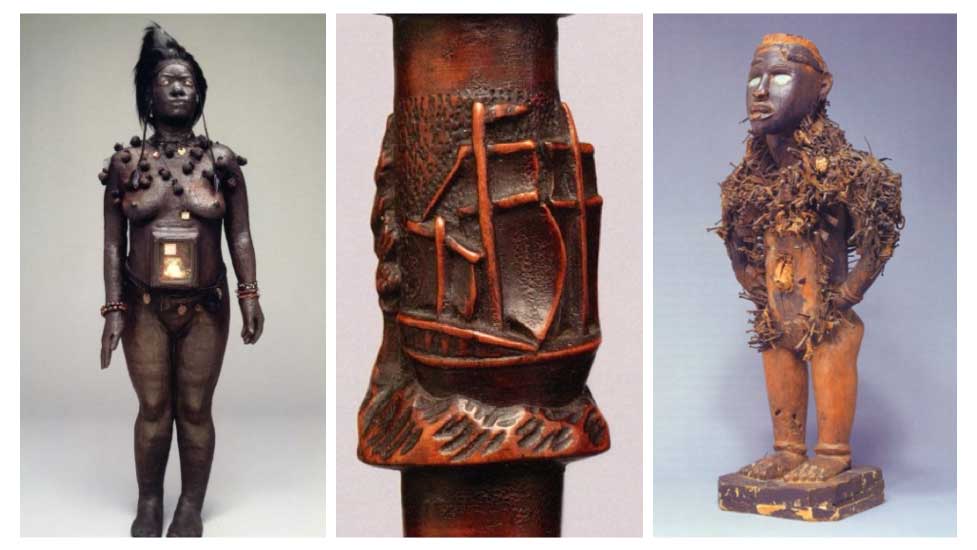AH 386/586: African and African American Art

AH 386/586: African and African American Art
MW 11:00 AM – 12:15 PM; taught by Dr. Brigitte Salami
This course explores the syncretic nature of the Black Atlantic world. The overall goal is a better understanding of the African contributions to the cultures of the Americas, and contemporary African and Afro-Caribbean artists’ responses to a complicated, often neglected history.
Congo Square, a public space in the city of New Orleans, serves as the springboard for this exploration. It is commonly thought to be the birthplace of African American culture and Jazz. We will look for traces of African artistic traditions in archeological sites along the East Coast of the United States, examine the “folk” art of the South, and study contemporary African American expression.
The course begins with those cultures in Central and West Africa that contributed the largest number of people to the transatlantic slave trade, thereby providing a foundation for an understanding of the religious and artistic sensibilities found in the hybrid traditions of Afro-America. Samples from the Caribbean Islands highlight the way hybrid expressions emerged within the context of slaveocracies, i.e., under conditions of unequal access to power.
While a lecture course, time will be devoted to discussion, small team-based projects, and student presentations.
Required Text:
Richard J. Powell. 2002. Black Art – A Cultural History. London: Thames and Hudson Ltd.
Monica Blackmum Visonà. 2007. A History of Art in Africa. Upper Saddle River, NJ: Pearson/Prentice Hall.